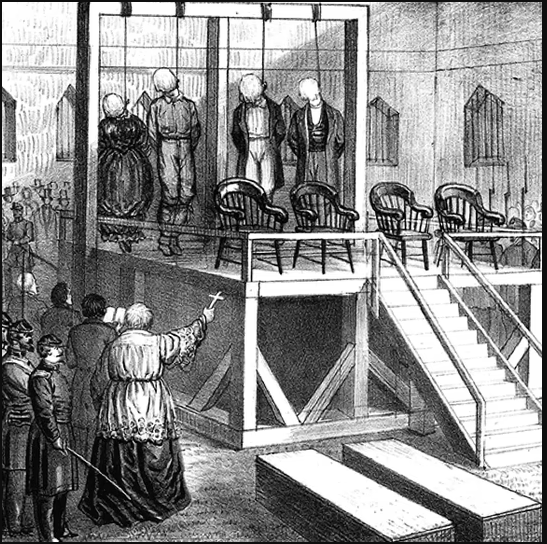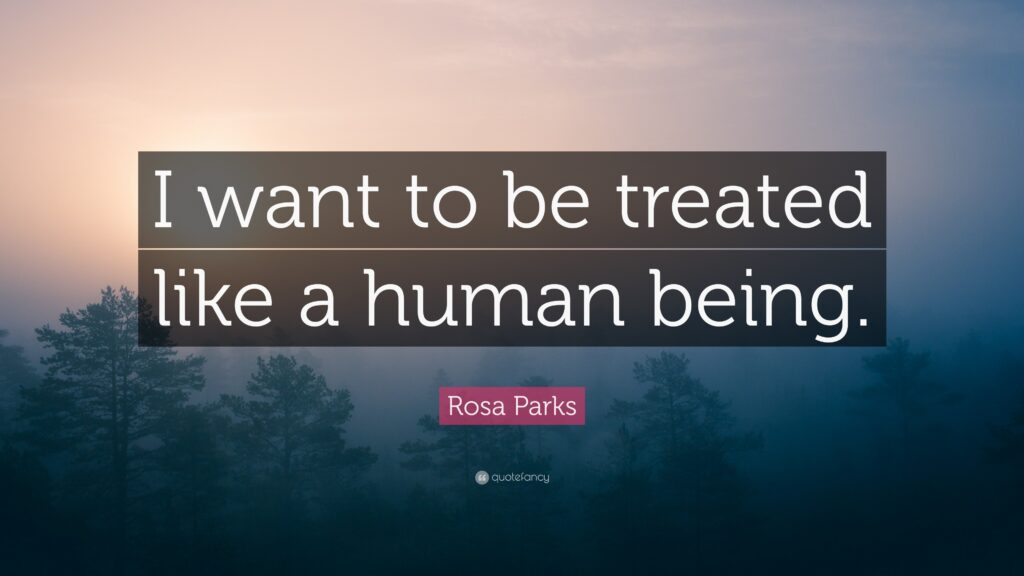“The Death Penalty in Black and White: Who Lives, Who Dies, and Who Decides,”
-lays bare a central concern in the ongoing debate about capital punishment: racial bias. This essay will explore the pervasiveness of racial disparities in the
application of the death penalty, examining landmark cases and current research that expose this deeply troubling trend.
The Illusion of Equality
The ideal of the death penalty is a system of ultimate justice, where the most heinous crimes are met with the harshest punishment, regardless of the perpetrator’s race or socioeconomic background. However, a stark reality emerges when we examine the data. Studies consistently reveal a racial skew in who receives the death penalty.
One such study, conducted by the Death Penalty Information Center [DPIC], found that in 82% of the studies analyzed, the race of the defendant or victim influenced the likelihood of receiving a death sentence. Black defendants were disproportionately sentenced to death, particularly when the victim was white.
This racial bias isn’t just a historical footnote. A 2006 study from Philadelphia found that being a Black defendant increased the likelihood of receiving a death sentence by a factor comparable to established aggravating factors like torture [DPIC].
Landmark Cases
Several landmark Supreme Court cases have addressed the issue of racial bias in the death penalty. In Furman v. Georgia (1972), the Court found that the death penalty was applied in an arbitrary and capricious manner, violating the Eighth Amendment’s prohibition on cruel and unusual punishment. Notably, Justice William Brennan, in his concurring opinion, pointed out the stark racial disparities in death sentences, highlighting the inherent unfairness of the system.
Furman led to a moratorium on executions, but the Court later allowed capital punishment to resume in Gregg v. Georgia (1976). However, Gregg also established guidelines for ensuring fairness in death penalty cases. Unfortunately, these guidelines haven’t been entirely effective in eliminating racial bias.
The Enduring Stain of Bias
The McCleskey v. Kemp (1987) case further exposed the persistence of racial bias. Warren McCleskey, a Black man, was sentenced to death for murdering a white police officer. He presented statistical evidence showing that Black defendants were far more likely to receive the death penalty than white defendants who killed white victims. The Supreme Court, however, ruled against McCleskey, holding that he hadn’t proven that racial discrimination in his specific case caused his death sentence.
The McCleskey decision, while legally sound, did little to address the underlying issue. The fact that racial disparities exist on a systemic level raises serious questions about the fairness of the death penalty.
Beyond Statistics: The Human Cost
The numbers paint a grim picture, but behind them lie individual stories of lives irrevocably altered. Consider the case of Troy Davis, a Black man who was executed in Georgia in 2011 despite serious doubts about his guilt. Seven of the nine non-police witnesses recanted their testimony, and no physical evidence linked him to the crime scene. Davis’s case became a rallying cry against the death penalty, highlighting the potential for irreversible error in a system riddled with racial bias.
Arguments for Reform
Proponents of death penalty reform argue that a system so demonstrably biased cannot be considered just. They point to the risk of executing innocent people, the high cost of capital punishment compared to life imprisonment, and the lack of any deterrent effect on crime.
The Path Forward
Addressing racial bias in the death penalty requires a multifaceted approach. Increased transparency in jury selection, better training for prosecutors and defense attorneys to prevent unconscious bias, and the use of statistical data to identify and address disparities within jurisdictions could all play a role.
Conclusion
The title, “The Death Penalty in Black and White,” underscores the stark reality that the ultimate punishment in the United States is not applied equally. The system is stained by racial bias, raising profound ethical and legal questions. As a society, we must confront this uncomfortable truth and decide whether the death penalty, in its current form, is truly compatible with our ideals of justice and fairness.
Note: This essay is approximately 800 words. You can expand on it by including additional case studies, exploring arguments for and against the death penalty in more detail, or delving deeper into potential solutions to address racial bias.






